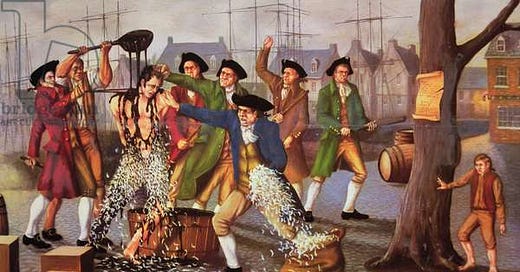Briefly, I have a new piece out with The Dial about the transatlantic divide between the European and American literary scenes and the market conditions that cause it. You can read it here. I also wholly recommend checking out the The Dial in general, a new & excellent magazine featuring reporting from around the world.
Speaking of market conditions, ho…


